The Kirindy Forest in Western Madagascar is home to 8 different lemurs. Here you can get to know those species whose survival depends on our local protection measures, since many of them are listed as endangered on the IUCN Red List. This development is due to hunting and the increasing threat of habitat loss as a consequence of logging and slash-and-burn agriculture which often causes wildfires.
These are the lemurs we need to protect in Kirindy Forest:

Microcebus berthae
Madame Berthe’s Mouse Lemur
Status: Critically endangered
Madame Berthe’s Mouse Lemur is actually the smallest primate in the world known to science, weighing only about 30 g. They can be found exclusively in Kirindy Forest, where only few individuals are left. This lovely lemur is at the verge of extinction.
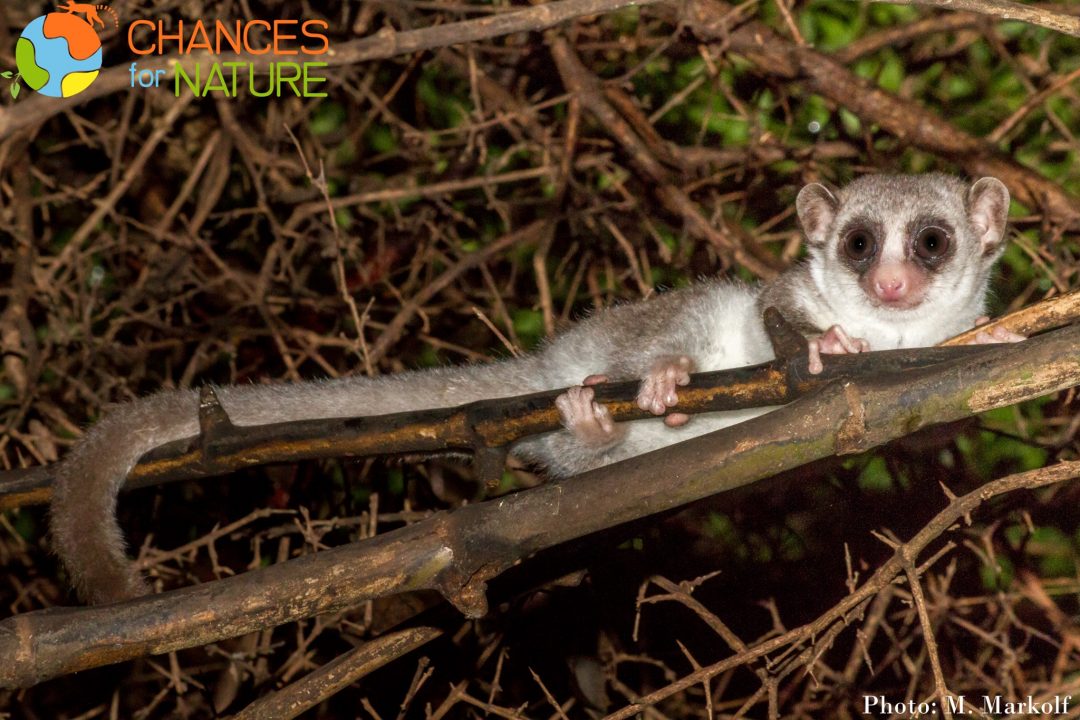
Cheirogaleus medius
Fat-tailed Dwarf Lemur
Status: Vulnerable
These lemurs hibernate seven months of the year to survive the lack of food during the dry/winter season in Kirindy. For this, they store large amounts of fat in their tail.
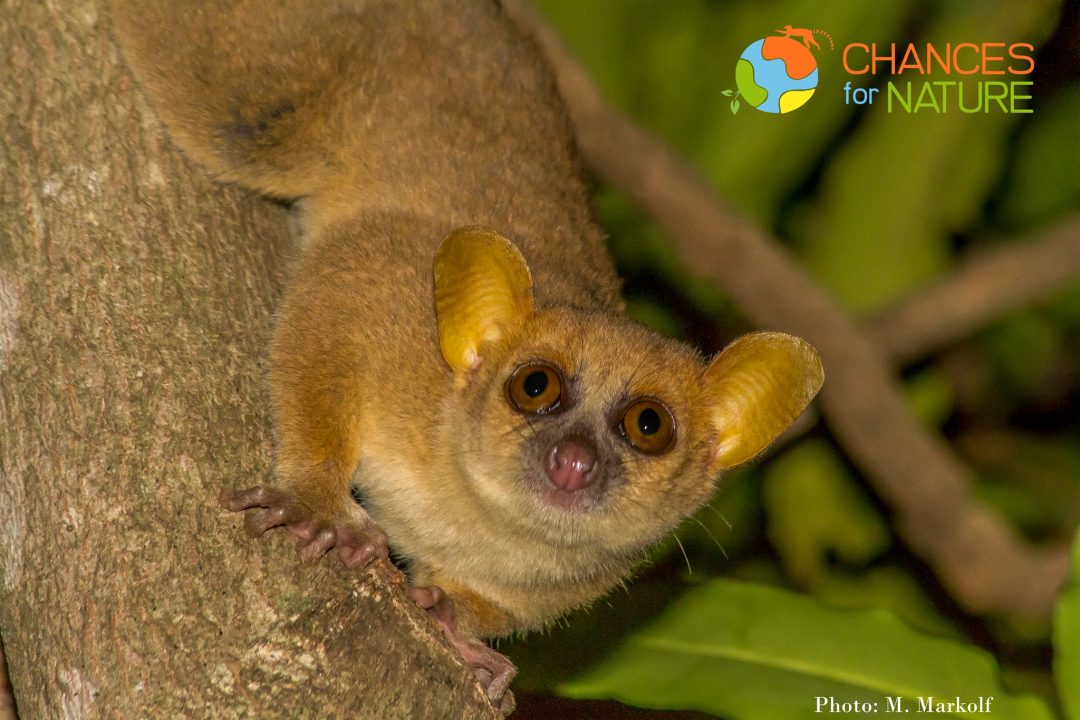
Mirza coquereli
Coquerel’s Giant Mouse Lemur
Status: Endangered
Giant Mouse lemurs are known to prey on small vertebrates, including other lemurs such as the Grey Mouse Lemurs.
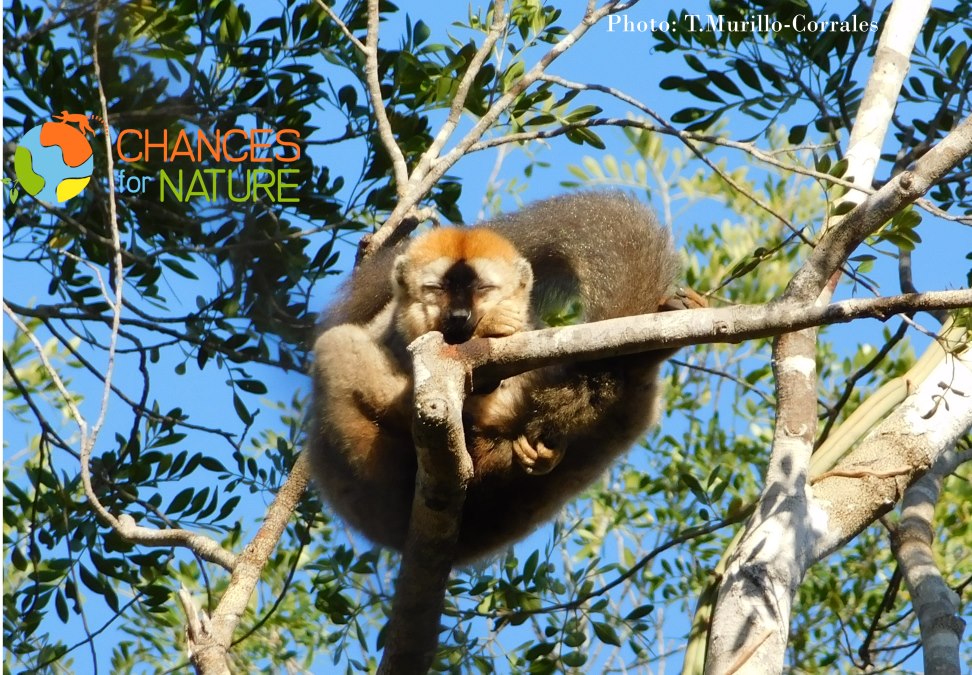
Eulemur rufifrons
Redfronted Lemurs
Status: Vulnerable
These animals are cathemeral, meaning that they are active during the day but also at night, especially during full moon. Unlike other lemurs, males and females can be identified by differences in the colour of their fur.

Microcebus murinus
Grey Mouse Lemur
Status: Least concerned
These lemurs sleep inside tree holes where you can find several individuals sleeping together. In the scarce dry season, Mouse Lemurs are only seen occasionally as they hibernate to save energy until the rainy season starts and more resources are available again.
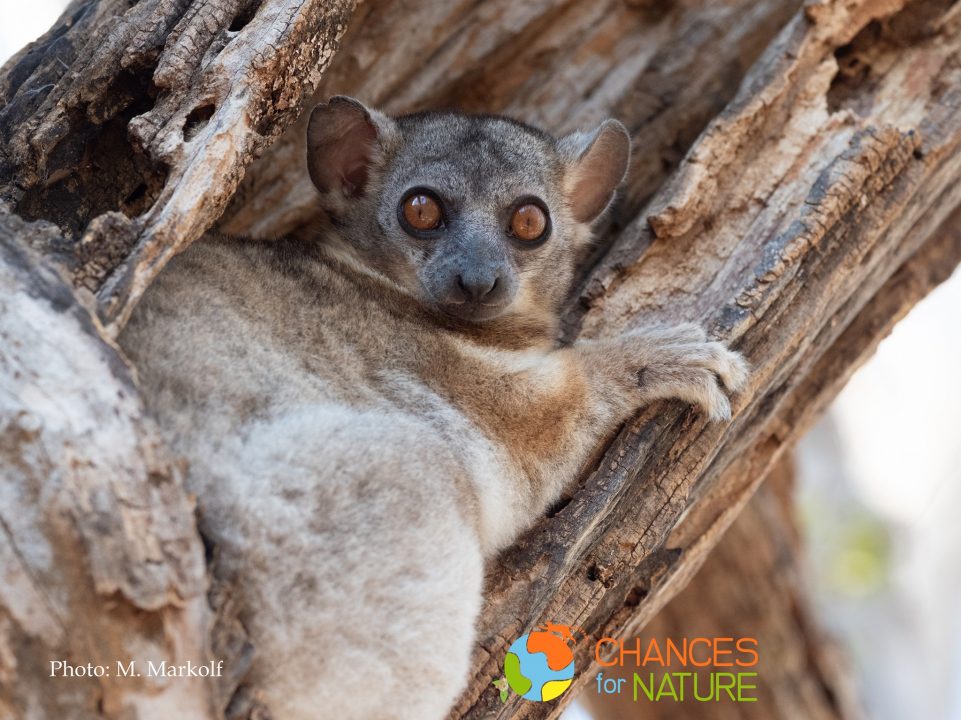
Lepilemur ruficaudatus
Red-tailed Sportive Lemur
Status: Critically endangered
These lemurs appear not to be sportive at all. Most of the time, they rest to digest the plants they have eaten. During the mating season, male sportive lemurs have been observed boxing with other males and this behaviour has resulted in the name “sportive” lemur.
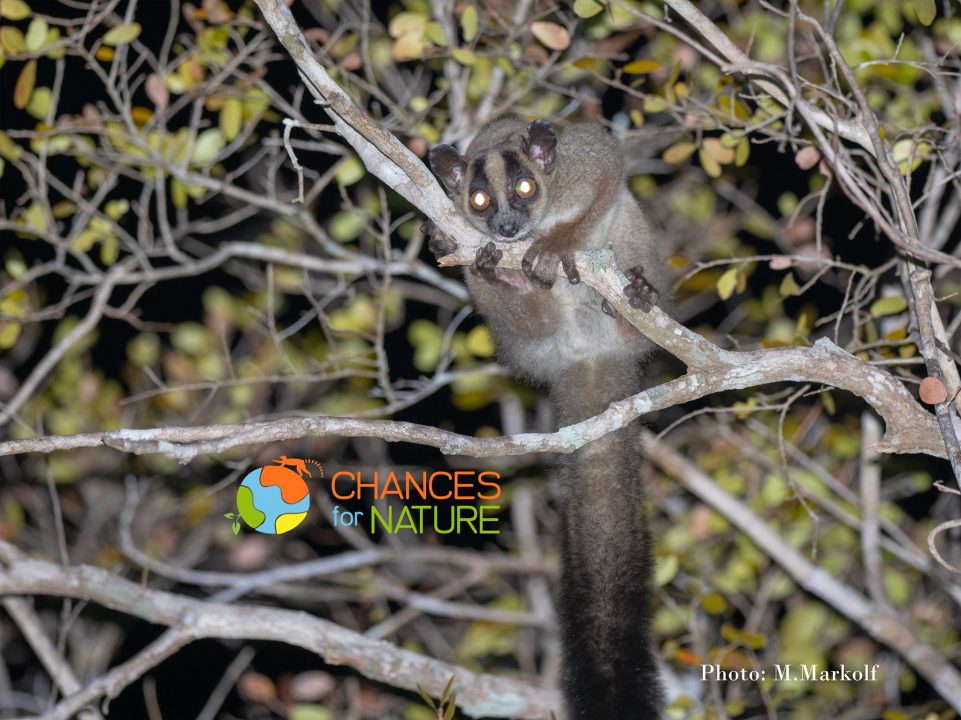
Phaner pallescens
Fork-marked Lemur
Status: Endangered
These animals are the loudest of Kirindy Forest. At sunset, when they wake up, their calls can be heard from every corner of the forest. Also, they feed almost exclusively on tree sap of a few tree species. In order to find enough food, they have to move fast from feeding tree to feeding tree.
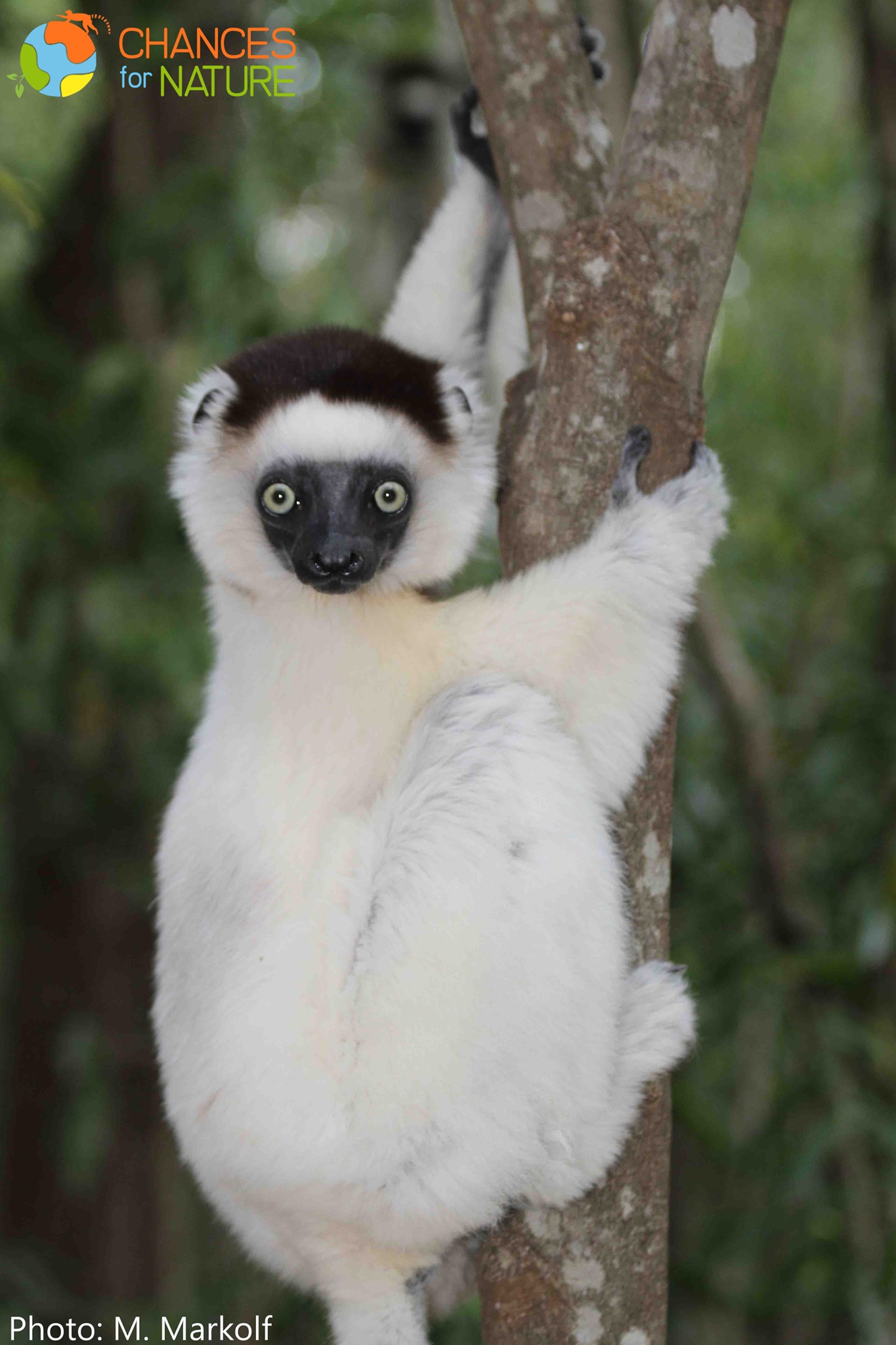
Sifaka
Verreaux’s Sifaka
Status: Critically endangered
These animals are adapted to life on trees, but when they are on the ground, they move around jumping and look like they are dancing. Sadly, this rare behaviour happens more frequently nowadays due to deforestation.
In order to give those lemurs a chance to survive, we are supporting protection measures for the Kirindy Forest.
Here you can find out more:
https://chancesfornature.org/kirindy/


